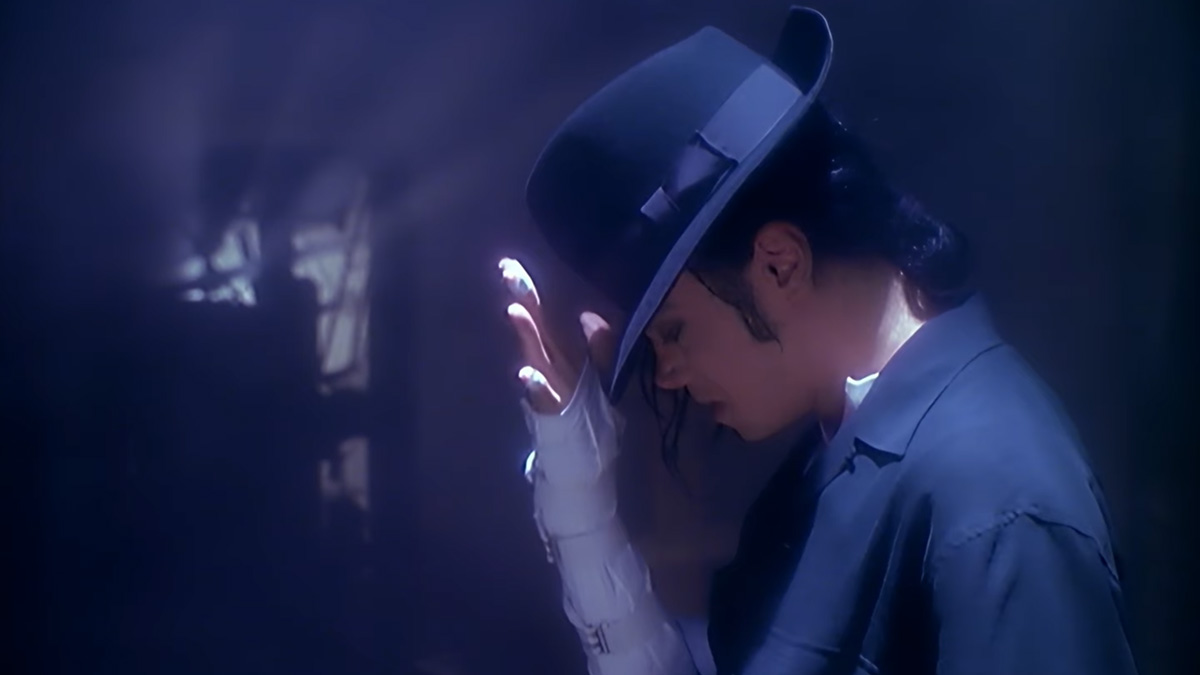Court Report
Mr Chernoff continued to question Dr Shafer on the simulations he had constructed to help the jury understand the problems which were raised by the amounts of Propofol which were found in Michael’s body. Again, highly technical arguments were made by both men, with Dr Shafer attempting to make his simulations understandable to the jury and the court.
Dr Shafer said that in his entire career he had never come across these amounts of Propofol being applied to a patient. When asked at what level Propofol would no longer be a danger, he answered that ten minutes would be the answer to that question, the highest risk is at five to six minutes, but after that time the infusion would be less concentrated as Propofol “drops off’’ rapidly because of accumulation throughout the body.
The simulations which Dr Shafer had supplied in evidence were again discussed by the Defense, with no apparent breaks-through for the jury to consider, as Dr Shafer had made these simulations with the evidence he had available, not through any medical records, as Murray had not kept any. He did however re-state that a self administered dose was impossible if a patient was already asleep.
The Defense moved on to a discussion of Lorazepam and how Dr Shafer had come up with his findings. Had he for instance taken the final outcome of the blood levels and worked forward to reach a dosage? He confirmed that this had not happened and that the drug enters the system then travels to the stomach which accepts it, then to the liver, which removes it from the system into the bile and leaves the body with the urine. Levels fall faster after the dose has peaked in the system.
Chernoff continued to question Dr Shafer on his testimony and his conclusions. The doctor said he could only hypothesise the results, as he had no firm evidence, only the coroner’s findings. Those findings were then discussed at length, but Dr Shafer insisted that he could not evaluate findings without data. He was then asked about Michael’s supposed addiction to Demerol. He had seen Dr Klein’s records of the consumption, but did not find that Michael was addicted to Demerol, as there were no traces of that drug in his system at the autopsy.
Having discussed the theory of rapid detoxification, during which an addict is sedated and given large amounts of de-toxifying drugs to help addiction, Dr Shafer said that the danger of such actions were that multiple organs could fail.
Mr Walgren then asked questions about Dr Shafer’s work. He said that much of his work was done on a pro-bono basis, that is, without financial gain to himself. His data, his papers his programmes, soft ware, models etc; were all made available to anyone who wanted to study anaesthesiology, again pro-bono. When asked why, he said it; “makes for good science.”
Mr Walgren also cleared up a few points made by the Defense about the demonstration of the IV line set up as it had been at Michael’s home. He went on to ascertain that Murray had ordered one hundred and fifty IV lines to be delivered to his home address. He also asked Dr Shafer if it was his opinion that Michael had been given much more that 25mls of Propofol. He answered “Yes.” He also asked if there was any scenario which would lead him to think that Michael had self-injected. He answered “No.” Asked if there was any other information he could give, he replied that the blood levels did not reflect the dose Murray said he had given. Murray had said in his interview that Michael had a dependency on Propofol and when asked if that was a foreseeable risk, he agreed. He also agreed that Michael’s blood levels could only have been reached by an infusion.
When again questioned by Mr Chernoff about the IV line set up he had shown the jury, he explained that he had done that to demonstrate the “plumbing,” not the brand of equipment used.
The Prosecution rested at this time.
The Defense then called their first witness, Dona Norris, who talked the jury through the timing of the 911 call, explaining all the codes and other data on the written record of the call.
There were no questions from the Prosecution.
The Defense’s next witness was Alexander Supall, who works as a surveillance Specialist for LAPD. He explained how he was called to Michael’s home on June 26th, 2009 at 7.30p.m. to recover and retrieve the footage from the security cameras at the property. He was accompanied at the property by Detective Martinez. The recordings from June 25th were viewed in Court as Michael and his staff returned to the property after rehearsals. A seven minute DVD was played showing the vehicles entering the grounds of the property through the main gate. Another DVD lasting approximately four minutes was played showing footage taken from the keypad camera at the property.
The Prosecution had no questions and the court went to a break for lunch.
Detective Dan Meyer was the next witness for the Defense. He was assigned to investigate Michael’s death on June 29th. His testimony was short, in that he interviewed Aberto Alvarez on August 31st, 2009 and he never mentioned that he had helped Murray tidy away vials into a bag, or that he had seen a Propofol bottle in an IV bag. At his interview with the police, he drew pictures of the IV bag with the bottle inside it, another of a pulse oximeter and one more that the detective had never seen before. This interview took place four days after the publication of the Coroner’s report.
The prosecution had no questions for him
Next on the stand was Detective Orlando Martinez who had arrived at UCLA on June 25th at about 3.30p.m. He spoke to witnesses. He briefly spoke to Alberto Alvarez, who did not mention putting the vials into a bag, or seeing a Propofol bottle in the IV bag. Detective Smith had spoken to him also.
He had arrived at Michael’s house around 7.30p.m., but again did not see Alberto Alvarez immediately. He went to the basement of the house to help Alex Supall retrieve the video footage. He met Alberto again in September 2009 when he took his fingerprints, but didn’t take a statement.
It was in April 2011 that Mr Walgren (Prosecution) asked Detective Martinez, together with Alberto Alvarez, to bring various items of police evidence to his office. He was asked to take with him a saline bag, a pulse oximeter and a propofol bottle. The two men arrived together at Mr Walgren’s office with Detective Martinez carrying the evidence in a box. Mr Martinez then asked a series of questions about Alvarez’s drawings, which were in evidence, of the IV bag.
Mr Walgren cross examined the detective who said that he was aware that Alvarez had already testified about the bottle in the bag. Other possible discrepancies were also cleared up, including the fact that the only items displayed at that meeting were those requested by Mr Walgren, the rest of the items were still sealed up in the box.
The next witness for the Defense was Dr Allan Metzger, who is a practicing physician in Los Angeles and who had treated Michael for various ailments for over twenty years. He had become closer to Michael when he was called to treat his children and became a confidant and one of his primary physicians.
Dr Metzger itemised several contacts with Michael on medical matters. He explained Michael’s problems were related to stress about his rehearsals, but he was also excited about the creative side of his tour and wanted very much to do a good job, even with such a huge obligation to do fifty concerts. He was then asked if he had ever provided sleep medication by IV, which he denied repeatedly.
He had not seen or spoken to Michael since April 18th, 2009. He re-iterated that he had NEVER given Michael any form of sleep medication via IV, as it was dangerous, life-threatening and was outside a hospital setting. Also he had never given Michael Propofol.
The final witness of the day was Cherilyn Lee, who has been a Holistoc Practioner and a Nurse Practitioner for fifteen to twenty years. She had been called to help the family when Michael’s children had colds. She met them at home and after a proper assessment of their condition and treated them.
She later spoke to Michael about her work, stressing her ability to use natural products to help manage illness. Michael asked for her help as he was tired. She began to treat him in 2009, by first doing a complete history of his problems and a thorough physical examination. He would not talk about his sleep patterns. She sent a blood sample for testing and advised him on nutrition therapies. She would not offer treatment until the lab work was complete. On a survey form Michael was asked to provide information on five of his physical complaints. He mentioned three of them, one of which was fatigue. Another was difficulty falling asleep.
At that time she said he was drinking many high-caffeinated drinks, which could cause fatigue. He even suggested he could be anaemic. At later meetings with her he spoke about his tours and being dehydrated. In one night he could lose five to seven lbs in weight, even when rehearsing.
Her impression of him was very healthy and loving. His vital signs were good, but she was waiting for the blood test results to come back. She was treating him with high concentrated smoothies to drink, IV shots of vitamin C and cocktails of other vitamins and calcium. Another source of treatment she provided was herbal teas.
When Michael spoke of his sleep problems at first, he did not make it sound serious, but as Easter approached in 2009, things got worse for Michael, Cherilyn Lee explained. Due to his low energy levels she gave him infusions of nutrients. One evening he asked for her help to get to sleep as nothing was working. She offered to do another series of tests, but Michael said he did not have time for all that. He asked her to stay at the house to watch him sleep. She agreed and saw that he awoke of about five hours. Up to then he had not asked for any specific medications.
At this point the court went into recess until tomorrow at 8.45a.m.
Source: MJWN
Song of the week

 Est. 1998
Est. 1998









